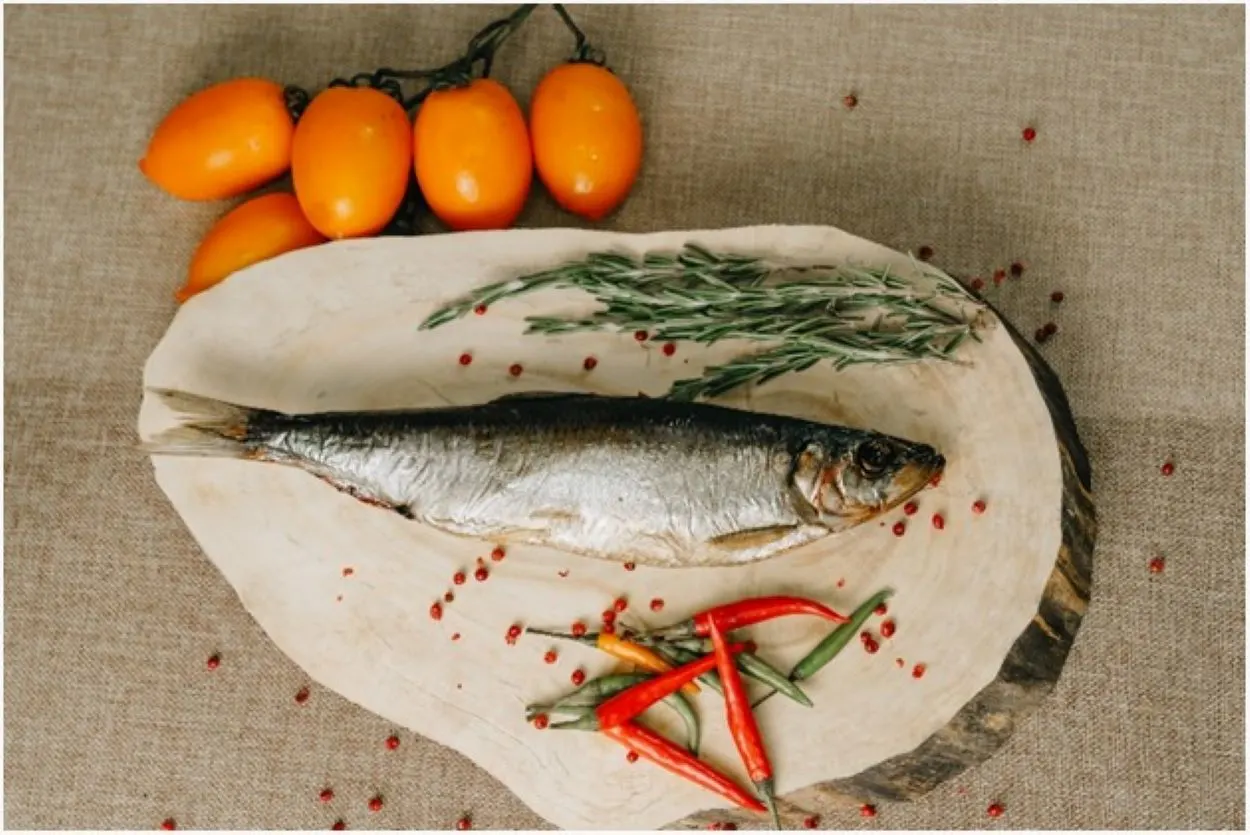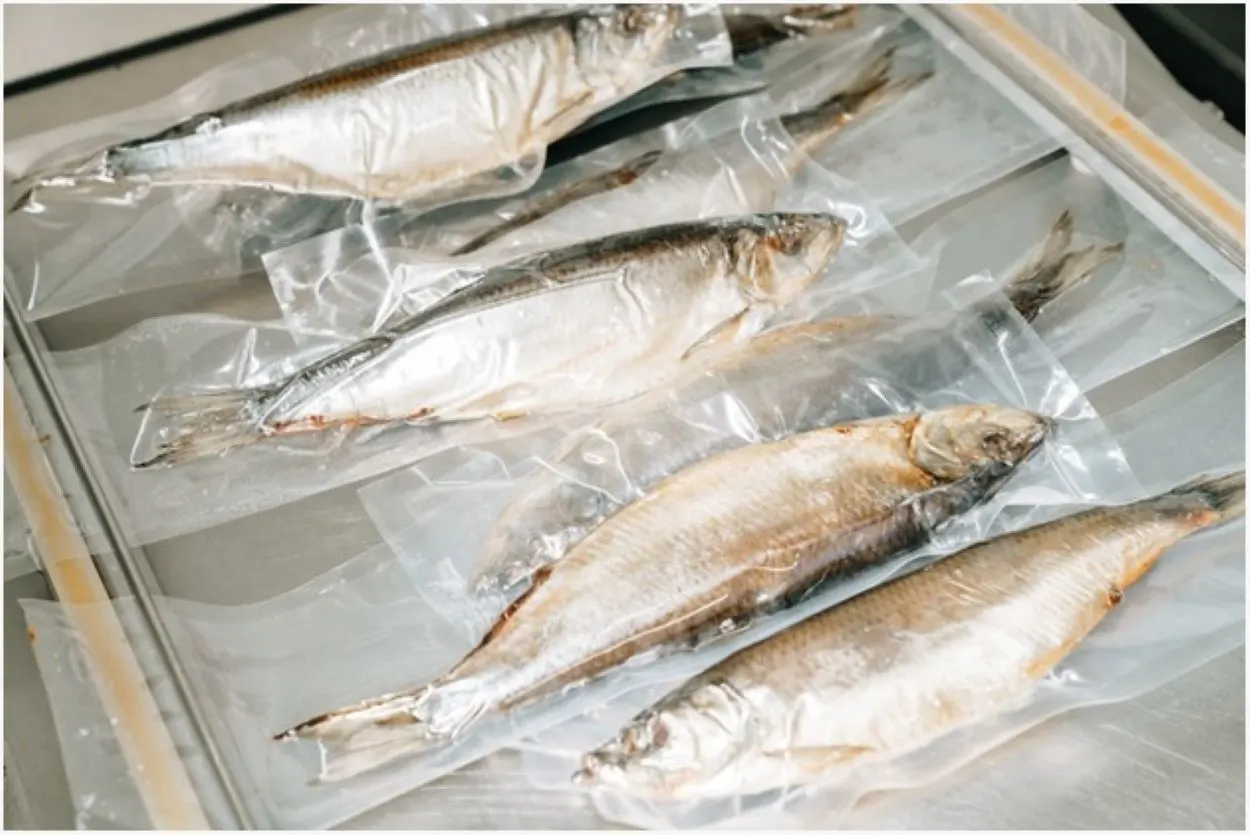Almost all types of fish are packed with nutrients. People enjoy adding them to their dishes. It provides lots of essential nutrients like vitamin D, B2, Omega-3 fatty acids, and minerals to your body. Therefore, today I have come up with two types of fish; Swai and Tilapia. I will look into the disparities between them, including nutritional aspects.
Swai Fish: Should you have it in your meal?
Even though Swai fish belongs to the catfish group, in the US, it doesn’t fall in this category as the term “catfish” only applies to members of the Ictaluridae family.
Catfish have a large bottom feeder mouth; however, Swai has a different structure. Since it lives in freshwater, it is imported from countries like Vietnam, Thailand, Cambodia, and Laos.
It is found everywhere throughout the Mekong River Delta, from where fishers catch Swai and ship it to other countries including the US. Fresh Swai is not available in the US. The fish has to be preserved before exporting it to far-off places. It is either frozen or chemically treated before being sent to other nations. Therefore, batches of Swai can have unfavorable additives and specific chemicals, rendering the fish unhealthy to eat especially if partially cooked.
However, Swai is the cheaper alternative to other fishes. There have been many instances of fish fraud due to the resemblance with other light white fishes. It highly resembles flounder, sole, and grouper. Due to this false impression, cooks treat it like a high-quality fish. It’s a recommendation to purchase the Swai from known and reputable fishmongers and grocers to ensure that the right fish is present on your platter.

Tilapia Fish: Let’s discover it
Tilapia is also a freshwater fish. It’s the fish that enjoy eating plants. The stats reveal that the consumption of Tilapia is at the fourth level in the US. Each American takes about 1.1lb of this fish in the meal per annum.
Tilapia is an affordable, easy-to-prepare, and delicious mild white fish. Beyond flavor, Tilapia’s appeal has increased because of farming methods.
The nickname of Tilapia is “aqua chicken.” It has production on a massive scale, enabling its accessibility at a reasonable cost.
What is the taste of Swai fish and Tilapia?
Tilapia and Swai have their particular tastes.
The most accurate way to describe the taste of Swai fish is that it’s delicate, containing a tinge of sweetness. Swai is palatable; once cooked, the flesh is soft and flakes nicely. In terms of flavor and texture, Swai is lighter.
A Tilapia fish has a very mild flavor and is almost bland and tasteless. It does, however, have a subtle sweetness. Its fillets in raw condition are pinkish-white in color but turn entirely white when cooked.
Difference between Swai fish and Tilapia
Both Swai fish and Tilapia are inexpensive when compared to other fishes. They both are freshwater fishes. Their farming process is straightforward. The United States receives shipments of frozen Swai from parts of Southeast Asia. Tilapia, on the other hand, is fished and exported all over the world.
The similarity between these two fishes is that both are soft and adopt white color when cooked. They have become an excellent choice for recipes such as fried fish.
They differ in terms of texture. Tilapia can have darker flesh patches. It is bigger and thicker than Swai. Fresh Tilapia is available in North America, but Swai is always available as a frozen seafood item. There isn’t much difference in flavor or texture, just a little bit. You cannot necessarily feel it if you take it along with different kinds of sauces.
It is an overview of their difference. Let’s discuss this in detail.

Regions of Fishes
Have you ever noticed from where these fishes come? If not, let’s discover it today.
There is undoubtedly a significant difference when it comes to the region. Tilapia is available almost everywhere in the world. On the contrary, it is not a similar case with Swai. It is rare to find it anywhere except in Southeast Asia.
Swai is only found in the Southeast region of Asia. It is the main reason why this fish is less well-known than Tilapia. It is hardly available in any other part of the world. You must be more familiar with the latter’s name than the former because Tilapia is a species that can survive in any region.
Flavor and Texture
Since these creatures survive in similar conditions, i.e., freshwater, they may occasionally consume the same food while growing up and even undergo similar processes.
When you eat it, Swai tastes sweeter and blends well with most dishes because of its flaky texture. It has a mild flavor. However, seasonings and spices can drastically alter the taste of Swai.
Tilapia is much milder than Swai. As a result, it’s a better option to eat. Tilapia’s inherent flavor continues to be present even after cooking. It could be advantageous or disadvantageous, depending on your recipe type.
Health and Wellbeing
These two fish are quite inexpensive and readily available in the US. However, people have concerns about their breeding procedure. Since both Swai and Tilapia are bred on overcrowded farms where lots of chemicals are used, people do not consider them the healthiest choice. Even though they are excellent suppliers of proteins and other nutrients, they are associated with certain health hazards as well.
It all depends on the conditions of fish farms where they are raised. Mostly these farms are working illegally without any checks. That is why the farms may have contaminated water full of bacteria. That is why Swai fish has a low nutritional value. Furthermore, the use of chemicals and antibiotics makes the Swai fish somewhat unhealthy for human consumption. However, you can always check the BAP (Best Aquaculture Practices) label before purchasing the fish.
Moreover, fresh Swai is so uncommon elsewhere in the world, that it is quite challenging to find. As Swai fish belongs to only one region, the fish is required to be preserved in unnatural ways. Therefore it is always available as a frozen item.
Tilapia is another fish variety that is high in health benefits. There are, however, a lot of drawbacks as well. The first thing that comes to mind is that Tilapia fish grow on the feces of other animals. It is a debatable issue.
The above differences don’t state their nutritional status. We will share the details of which nutrients they hold.
It will help you to regain energy by consuming them. Apart from being associated with health issues, they contain valuable nutrients that fulfill the body’s requirements. By taking the right amounts of seafood, you can boost your immune system and the functioning of your metabolism.

Nutrients in Swai & Tilapia
Fishes are the best source of protein and omega-3 in the diet. A proper amount of these nutrients is required by our heart and other organs. Let’s learn about more nutrients found in Swai and Tilapia.
| Nutrients in Swai About 113 grams of Swai is rich in the following supplements: | Nutrients in Tilapia About 100 grams of Tilapia is rich in the following supplements: |
| 70 Calories | 128 Calories |
| 15 grams of Protein | 26 grams of Protein |
| 1.5 grams of Fat | 3 grams of Fat |
| 11 mg of Omega-3 fat | 0 grams of Carbs |
| 45 grams of Cholesterol | 24 % RDI of Niacin |
| 0 grams of Carbs | 31 % RDI of Vitamin B12 |
| 350 mg of Sodium | 78 % RDI of Selenium |
| 14 % RDI of Niacin | 20 % RDI of Phosphorous |
| 19 % RDI of Vitamin B12 | 20 % RDI of Potassium |
| 26% RDI of Selenium |
Swai has a typical protein amount when compared to other popular fish. However, it contains little amount of omega-3 fat.
You can suffice your body with vitamin b12, niacin, and selenium by consuming it. The above amounts depend obviously on how much fish you eat in the meal.
Tilapia, on the other hand, is an excellent source of protein. It contains 128 calories in 100 grams.
Recipes of Swai & Tilapia
You can make amazing recipes with these fish. You can consume them when served casually or at a party. Following is the list of items made from Swai and Tilapia.
Recipes of Swai
Swai fish works well with marinades or spices. Chefs use it in various recipes that call for fatty and flaky fillet or in any seafood dish that specifies swai. Since it doesn’t taste strong, enjoy it with spices or ketchup.
- You can prepare a baked lemon Swai fish
- Or make a pan-fried Swai fish
- A sweet-spicy grilled Swai fish also tastes wonderful
Recipes of Tilapia
Tilapia is a flexible and affordable substitute for more expensive fish. People adore Tilapia’s mild flavor.
Tilapia can be roasted, broiled, poached, fried, or grilled. Additionally, dressings, sauces, and marinades with wine can make it more flavorful because of the bland taste of this fish.
You can prepare several dishes with Tilapia fish like:
- Grilled Tilapia
- Parmesan crusted Tilapia
- Baked Tilapia with sauce
- Crusted Almond Tilapia
and many more.
Preservation Techniques
To preserve Swai, keep it frozen until used. Always cook it within 24 hours of defrosting. Store it in a sealed container after preparation. Discard it if you realize that the fillet has a strong, disagreeable fishy smell.
To preserve Tilapia, keep it at 32°F or in a freezer. When you press your finger softly on the flesh, it should not leave an impression and should feel relaxed. Keep fresh Tilapia in the refrigerator for up to two days before being consumed.
Final Thoughts
- Explored fish’s health benefits and culinary versatility.
- When compared to other fish, Swai fish and Tilapia are both reasonably priced.
- These two fish are similar in that they are soft and turn white when cooked.
- However, their flavor and texture slightly differ from each other.
- Swai fish is only available in Southeast Asia, whereas Tilapia can be found in many regions.
- They are popular additions to many recipes. Moreover, fish should be an important part of your diet as it can give your body specific nutrients.
- Shared methods to store and maintain the freshness of Swai and Tilapia.
- Emphasized the affordability, versatility, and health benefits of Swai and Tilapia.
- Addressed health concerns related to fish farming.

